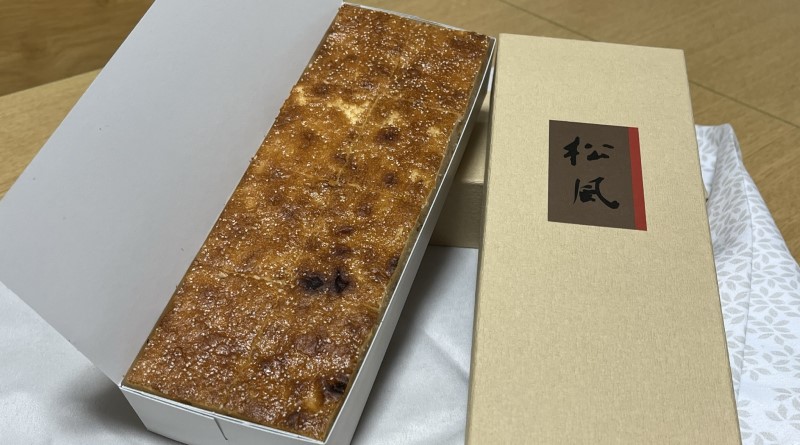
The Best Traditional Kyoto Souvenirs You Should Try
People are always longing to visit Kyoto and centuries ago, this was still the case! An ever-popular destination, Kyoto has no shortage of popular treats and souvenirs. But which are the best? Of course, there are many new and exciting things to try, but when we talk about Kyoto the items most Japanese people long for are the most traditional. If you want to try some genuinely traditional Kyoto stuff, consider adding some (or all) of the items on this list.
Note: The souvenir shop in front of Yaesu Exit (shinkansen) and the basement floor of department stores are the best places to buy souvenirs!
Best Traditional Kyoto Souvenirs
1. Yatsuhashi ( from Izutsu Yatsuhashi, Shogoin Yatsuhashi etc)
Virtually available everywhere you find other souvenirs, yatsuhashi is arguably the most popular Kyoto souvenir.
There are two versions of yatsuhashi, a hard one and a soft one. Both varieties are made of a lot of the same ingredients: rice flour, sugar, and cinnamon. The hard ones are baked till crisp like a cookie or a cracker.
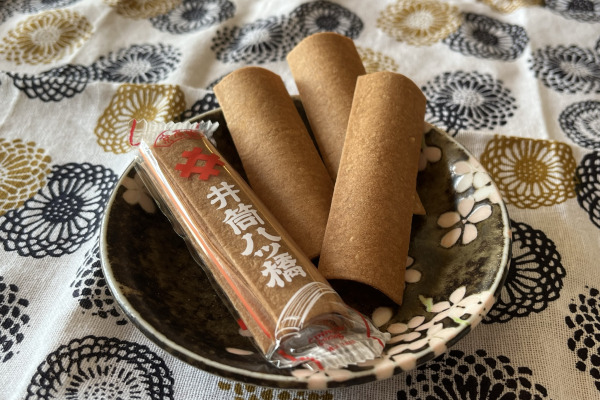
Some people may think the soft ones are the original version of yatsuhashi, but in fact, the soft variety is relatively new! The soft ones also come in many flavors.
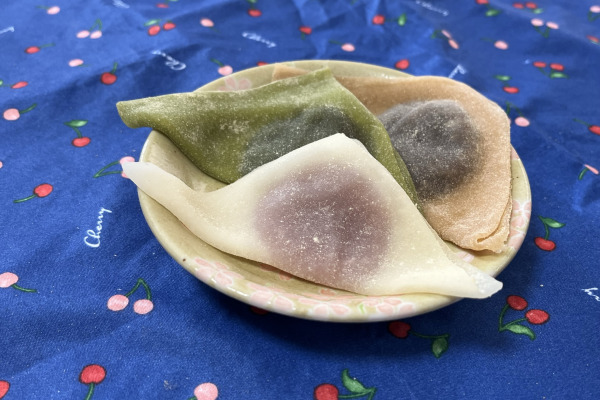
However, as people tend to enjoy the many different, or even season kinds of flavors, the soft one is more popular than the original yatsuhashi.
2. Ajari Mochi ( from Mangetsu)
Invented in 1922, Ajari Mochi is one of the souvenirs you should try. There are several stores throughout Kyoto, including Kyoto Station, so it will not be hard to buy one.
The term [Ajari] means a monk practicing in Mt. Hiei for a thousand days. The shape of ajari mochi is like the hat monks would traditionally wear.
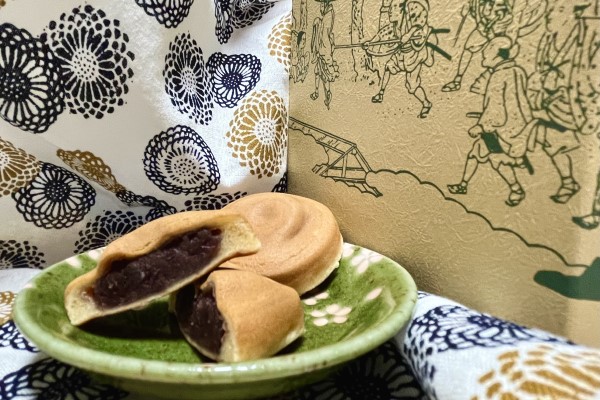
It says mochi, but it is more like manju rather than mochi. The most likely reason people call it mochi is because there is mochi powder in the batter of the cake. Inside each mochi is a mildly sweet anko (bean paste) filling. With their light flavor, you’ll be surprised just how quickly you’ll finish the box.
3. Matsukaze (From Kameya Mutsu)
Since 1421, Kameyamutsu has served this popular Kyoto souvenir, Matsukaze. Originally, the store gave this to the monks at Ishiyama Honganji Temple, as the monk’s food supplies ran dangerously low during their 11-year war with none other than Oda Nobunaga. The name of the confection is derived from a famous poem by Saint Kenyo of Ishiyama Honganji.

This is a miso “cake” but its texture is more like bread. Also, the flavor of the miso, while distinct is not overpowering. Matsukaze is a very unique traditional confection, but its dry texture of unusual flavor might not please everyone.
4. Seijo Kankidan (from Kameya Yoshinaga)
Here is a personal favorite; Seijo Kankidan. The method for making these fried wonton treats came to Japan from China sometime in the 8th century. We can still sample these ancient treats from Kameya Yoshinaga— still in business since 1617.
These little cinnamon-infused wonton purses are fried in sesame oil until perfectly crisp. The inside consists of anko filling seasoned with various spices. Easily the richest and most spiced item on this list, they truly stand out.
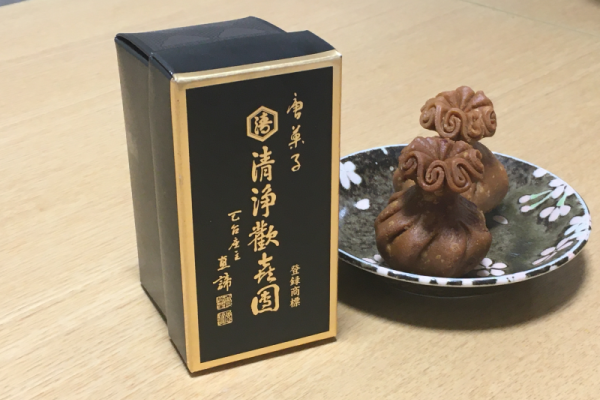
A box of just two is 520 yen, which might seem a little steep, but considering it is Kyoto, that price not out of the ordinary.
5. Dorayaki (by Sasaya Iori)
Though dorayaki is common throughout the country, Kyoto has a completely different version. This kind of dorayaki by Sasayaiori is the precursor of modern dorayaki. Layers of thin crepe-like sheets are wrapped around a mildly sweet anko filling.
It was originally made for monks in Toji Temple in Edo Period Sasaya Iori only sold these treats on the 21st day of every month on the commemoration day of the temple’s founder, Kobo-daishi.
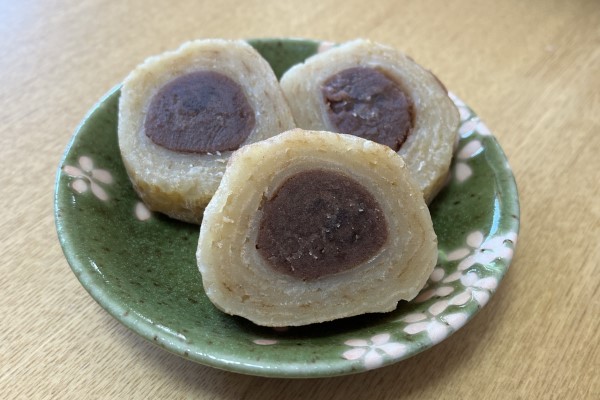
The sad part is that it is only available on 20-23th of every month. however, the stores are located in many places throughout Kyoto city and even in several other prefectures. If you come across it, you should definitely give this traditional Kyoto souvenir a try!
Hungry for more? Check out our post on this special dorayaki.
6. Ubatama (by Kameyayoshinaga etc)
Kemeyayoshinaga has been making their famous ubatama for 200 years. At first glance, you might think chocolate finally made this list, but it is anko yet again! This special anko is made with black sugar and coated with gelatin, which gives it a shiny appearance.
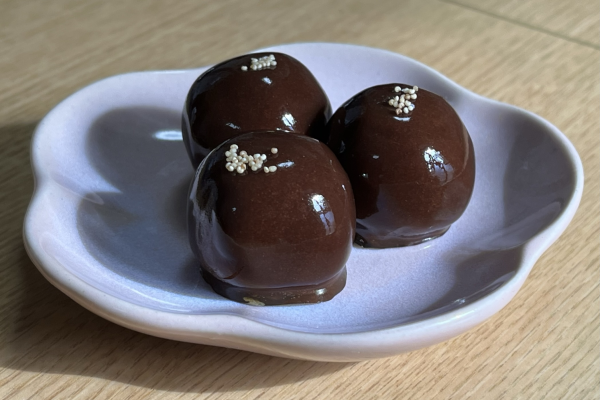
The sesame seeds are supposed to resemble the spots on a leopard lily— called nubatama in Japanese.
You should easily be able to find them throughout Kyoto, and definitely in the Isetan department store in Kyoto Station.
7. Karaita ( by Mizuta Gyokuundo)
Last on our list is a confection that has been a consistent Kyoto souvenir since the 9th century. Right in front of Goryo Shrine since 1479, Mizuta Gyokuundo sells its ever-popular karaita. This lucky cracker was invented in the 9th century as a sort of charm to ward off illness as a plague had stricken Kyoto.
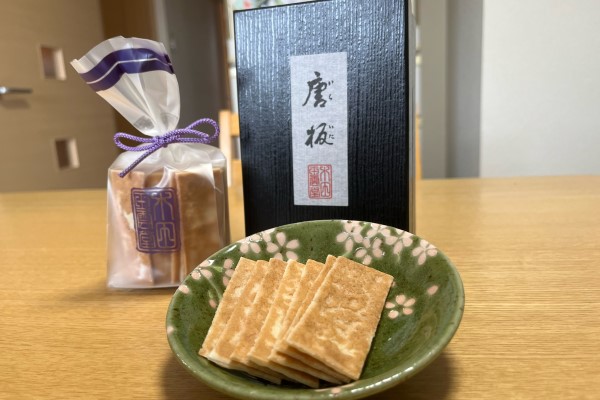
It is made from only sugar, flour, and egg, and though it is technically a kind of senbei, it feels more like a cookie. It is very simple, but it is for this reason that it is so popular.
In my opinion, these crunchy treats are best paired with a hot cup of hojicha
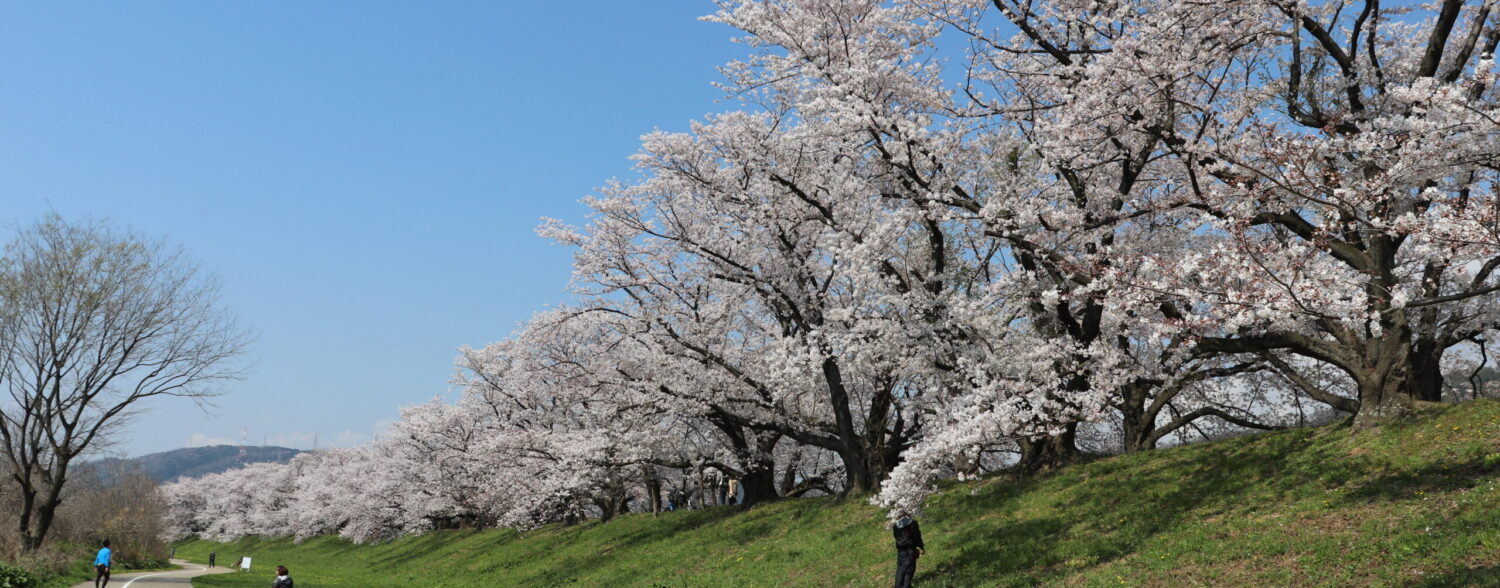
Leave a Reply